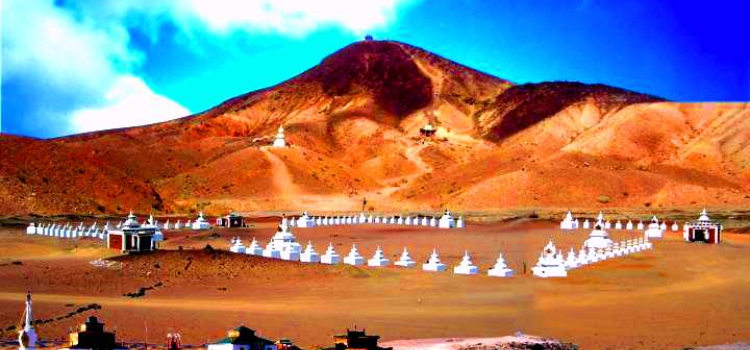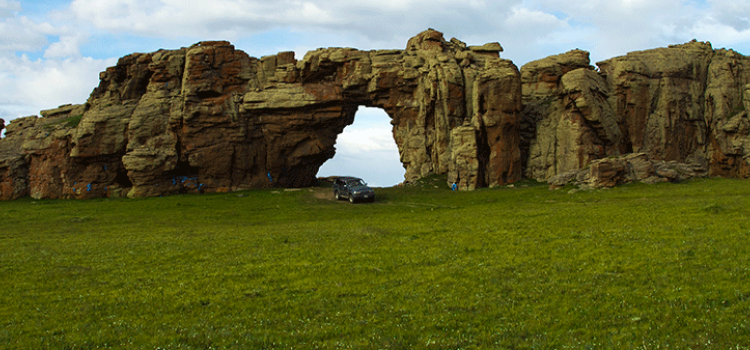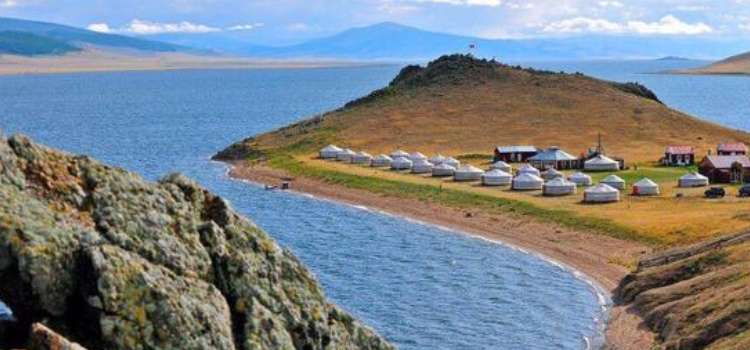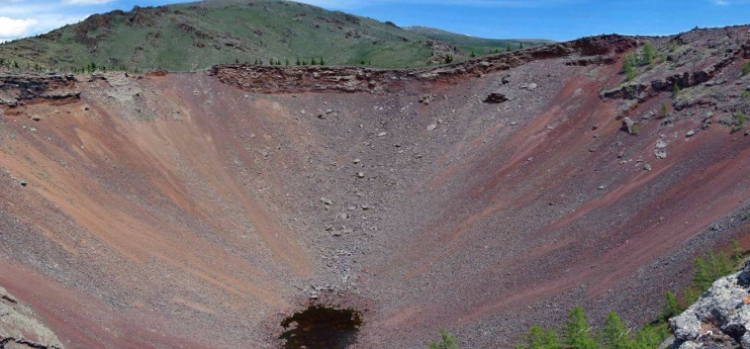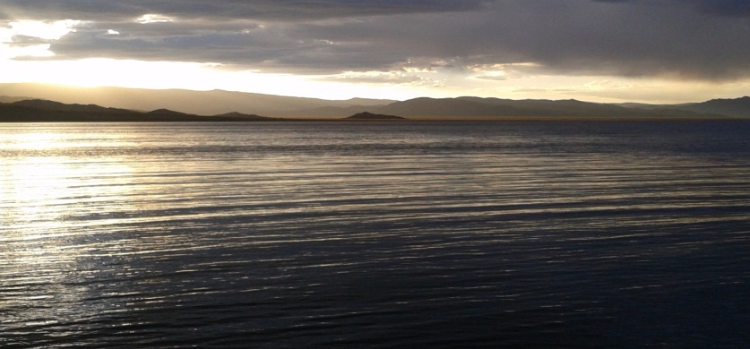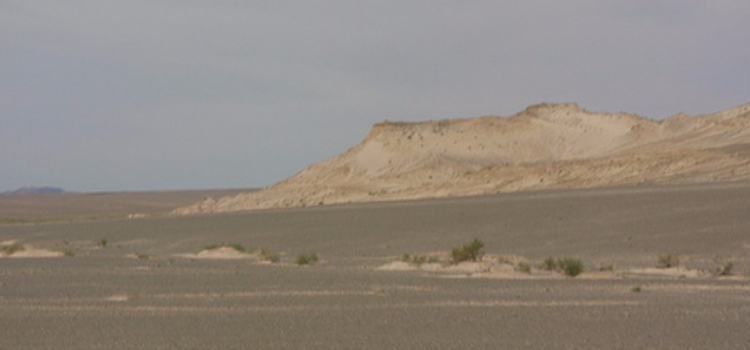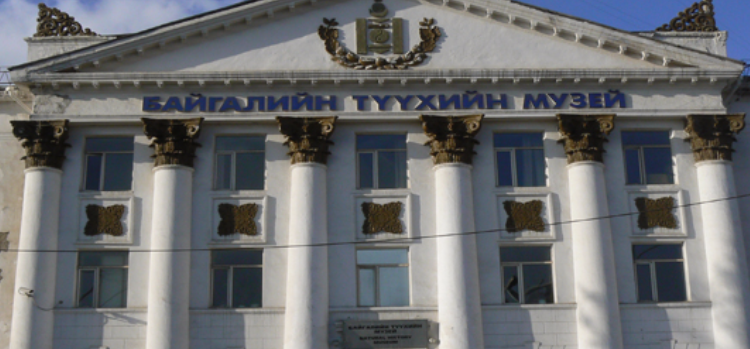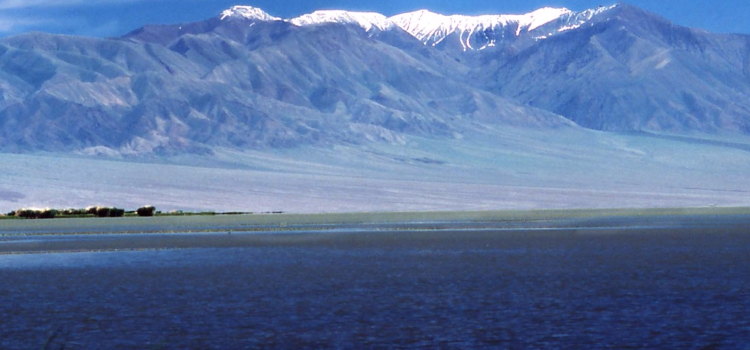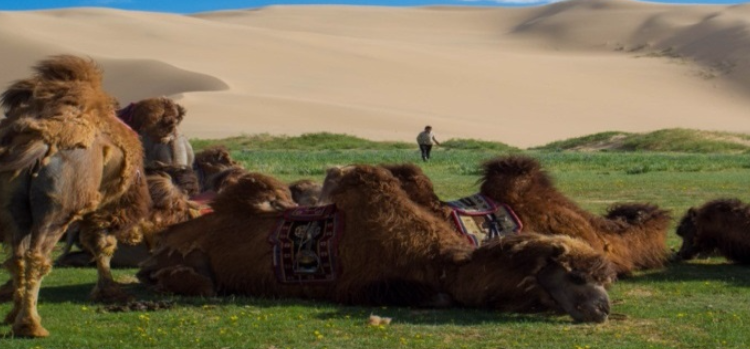21
Posted By : Admin/768
Khamriin khiid monastery was established in the 1820's by famous 19th century Mongolian educator and literary figure Danzanravjaa. The Monastery was an important centre of the Buddhist "red sect", and seat of the Gobiin Dogshin Noyon Khutagt ("Terrible Noble Saint of the Gobi"). An outspoken critic of the society in which he lived, Danzanravjaa fought against the rigid class and gender distinctions of his day. He devoted great efforts to the cause of public education, which he promoted at Khamriin khiid monastery through the establishment of an inclusive public school, theatre, museum and library.
The "Namtar duulakh datsan" (story-singing college), established at Khamriin khiid monastery in the 1830s, is recognized as being Mongolian first professional theatre. The nearby "Khuukhdiin datsan" (children's college) offered basic and vocation, artistic training for local children, who often went on to become singers and dancers, painters, sculptors, and other artists at the Monastery or in its theatre company, "Khamriin khiid monastery was a perfectly harmonious location, having a river with many fine trees along its south part and rocky mountains with dozens of caves along its north; and the place was filled with the noise of hundreds of people playing the famous Saran Khokhoo drama”.
To the north of the monastery were a series of caves where monks would practice yogic exercises and meditate in isolation for 108 days at a time, hardening their bodies whilst expanding their physical and spiritual powers. Fossilized dinosaur bones, petrified wood, and other rare paleontological remains are widespread in the area surrounding the monastery. Paleontologists working in the region have dug up most notably a skeleton of the herbivorous dinosaur iguanodon, which lived in the Cretaceous period between 80 and 200 million years ago, At its peak Khamriin khiid monastery consisted of four main sections - East Khuree, west Khuree, Tsokhon and Dunkher - comprising four colleges (datsan) and the children's school, more than eighty temples, and a resident population of over five hundred lamas. The monastery was completely destroyed by the military in 1938 during Mongolian religious purge. Currently two small ceremonial temples and several religious monuments have been reconstructed, with more than ten lamas now in residence at the monastery.

